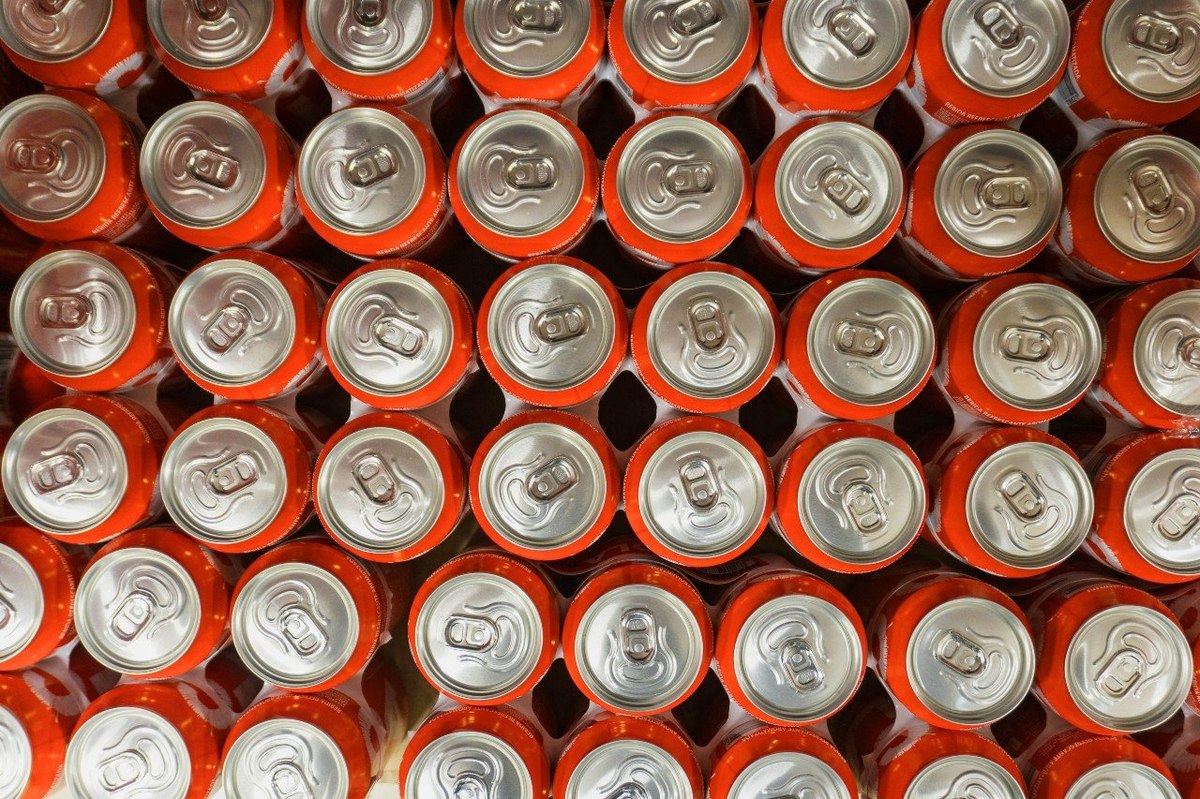
Global: Vast majority of consumers already noticing a significant increase in food
Inflation rates in the US and UK are at a 40-year high, and predictions of a recession are also growing. To get a read on how this is affecting consumers, YouGov conducted a survey across 18 markets where we asked consumers in which sectors they’ve noticed a significant increase in product prices over the past six months.
Data from this latest survey indicates that nearly three-quarters of global consumers (74%) find that the cost of food has increased significantly over the past six months. Nearly half of consumers say that household products (47%) have increased significantly in price, while roughly a third of consumers have noticed an increase in the prices of cars (33%), clothes and electronics (31% each). Beauty products (29%) and travel products/services (28%) feature lower down on the list of products that cost more now. Alcoholic drinks (23%) and telecom services (22%) are the least noticeable sectors where increased costs are concerned.
Increase in food prices
As a basic human need, consumers tend to immediately notice any fluctuations in food prices. In Poland, nearly 90% of consumers say that food costs significantly more now than six months ago. Slightly fewer but still a large majority of Canadians (86%) and Spaniards (85%) have also seen the same increases.
Data reveals that three-quarters of US consumers (76%) find that the cost of food has increased significantly – another large majority, albeit that this figure is the lowest among the North American markets. Britons register a similar number (79%), and are among the most likely consumers in Europe, after Poland and Spain, to say that food prices have gone up. Germany (78%), France (76%) and Italy (75%) follow similar trends with around three-quarters of consumers feeling the pinch. Sweden (70%) and Denmark (67%) are the least likely European markets to find food expensive, but a majority of people have still seen large price rises.
There’s a significant difference between China and the rest of the world as it is the only country where fewer than half of its consumers (44%) say that the cost of food has increased significantly. There is a 20-point gap between China and UAE (64%) – the market where consumers are next least likely to notice the increase in food prices. Among other Asian markets in this survey, consumers in Singapore and Hong Kong (76% each) are as likely as global respondents to notice significant price rises. Around three in five Indians (66%) and Indonesians (64%) also say the same.
Price of alcoholic drinks
Globally, nearly a quarter of those polled say alcohol prices have gone up (23%). Poles are roughly twice as likely as the global audience to notice the increase (44%). Within the European market, Spain follows with slightly fewer consumers (36%) seeing the same.
Around a third of urban Indians (30%) reveal that they’ve noticed a significant increase in alcohol prices. However, the rest of the Asian countries register less than two in ten consumers who say the same – Singapore (19%), Hong Kong (15%), China (13%). The share shrinks further in Indonesia, where roughly one in 20 consumers (6%) notice a price rise. It is the lowest among all 18 markets surveyed.
Slightly more than a quarter of Australians (27%) find the cost of alcohol to have increased significantly. This point of view is shared by roughly the same proportion of Britons (26%), while Americans feature a little lower on the list (21%). At 21% the US is still the least likely market in North America to notice an increase in alcohol costs – Mexico (34%) and Canada (32%).
Get quick survey results from nationally representative or targeted audiences using YouGov RealTime Omnibus
Discover more FMCG content here
Want to run your own research? Start building a survey now
Methodology: The data is based on the interviews of adults aged 18 and over in 18 markets with sample sizes varying between 514 and 2036 for each market. All interviews were conducted online in March 2022. Data from each market uses a nationally representative sample apart from Mexico and India, which use urban representative samples, and Indonesia and Hong Kong, which use online representative samples.